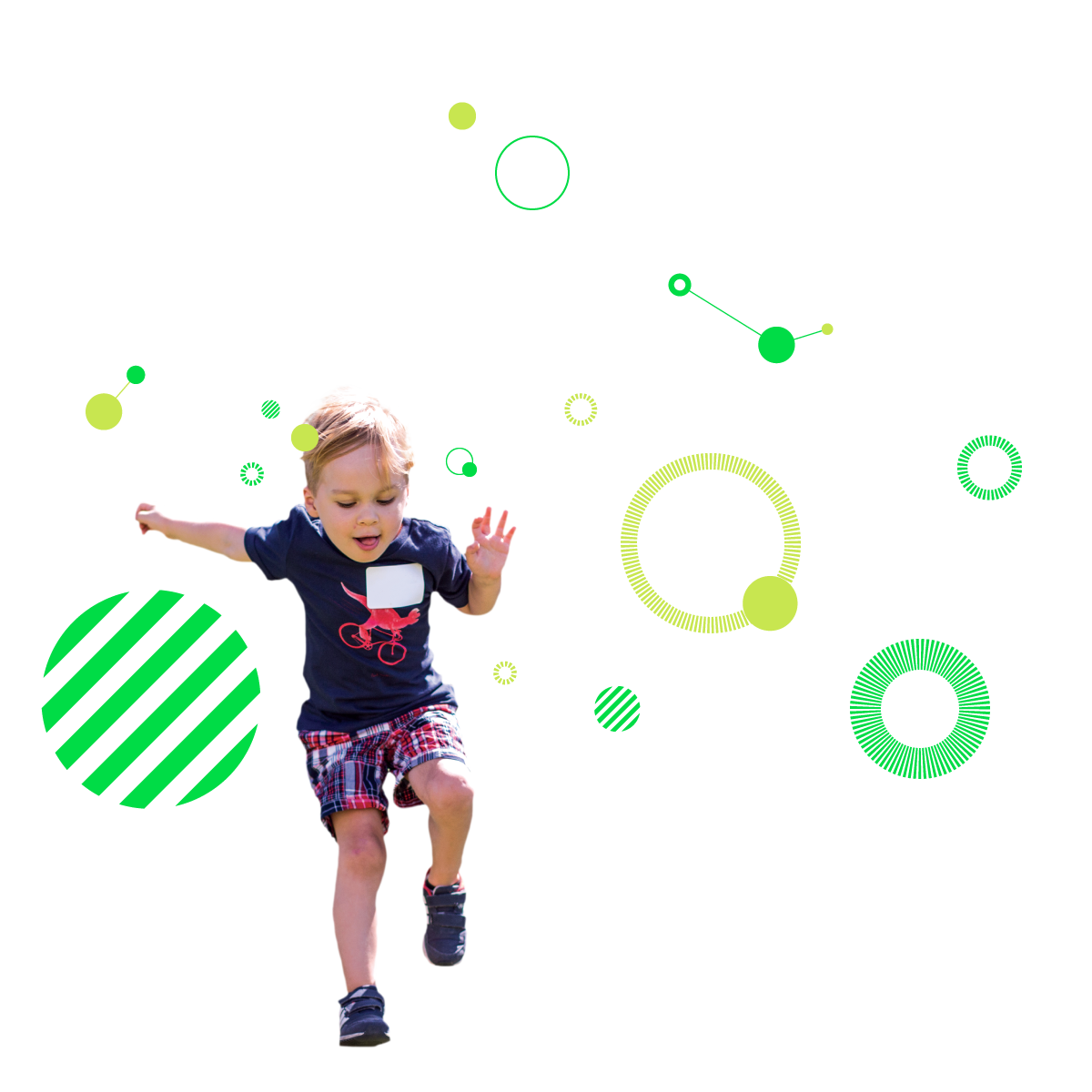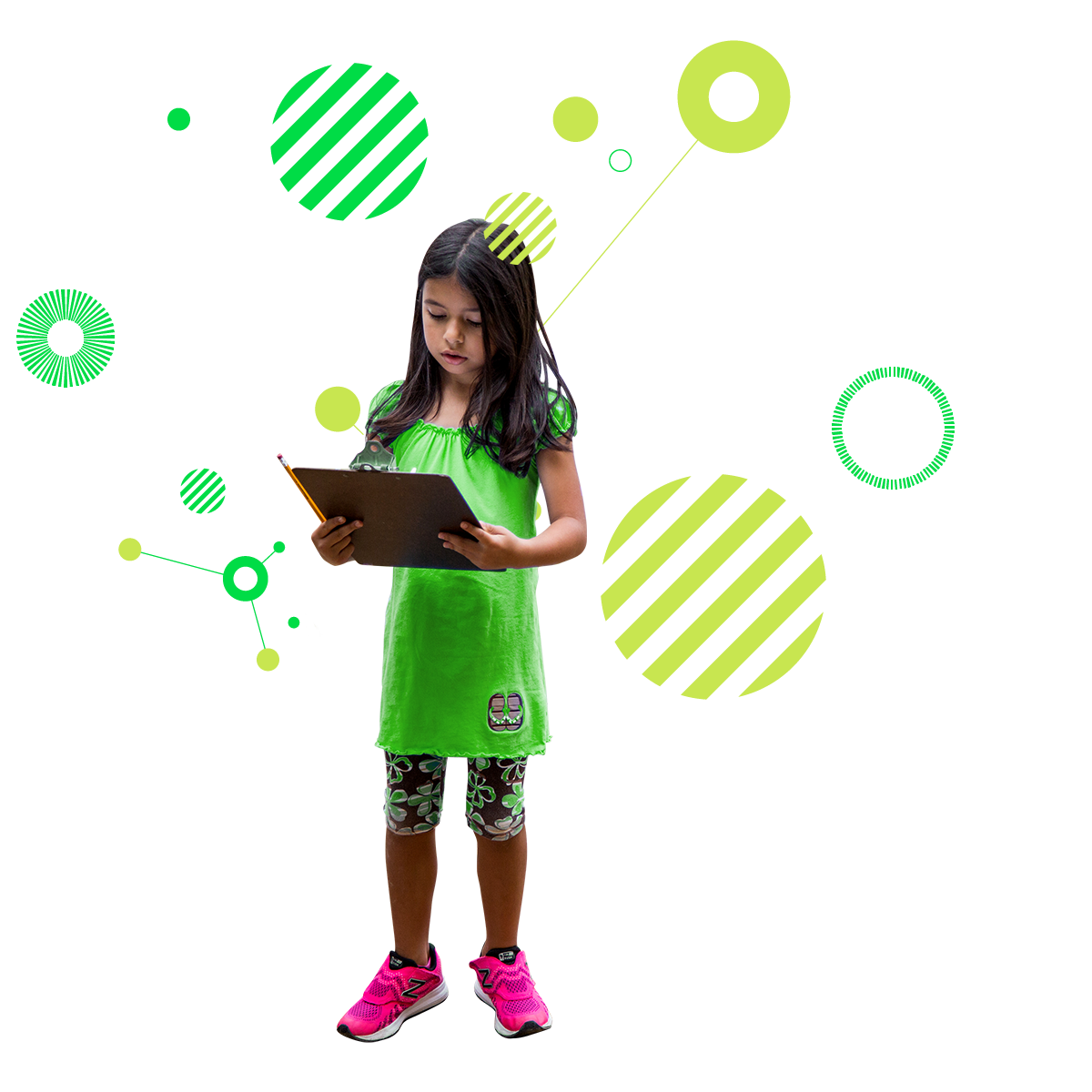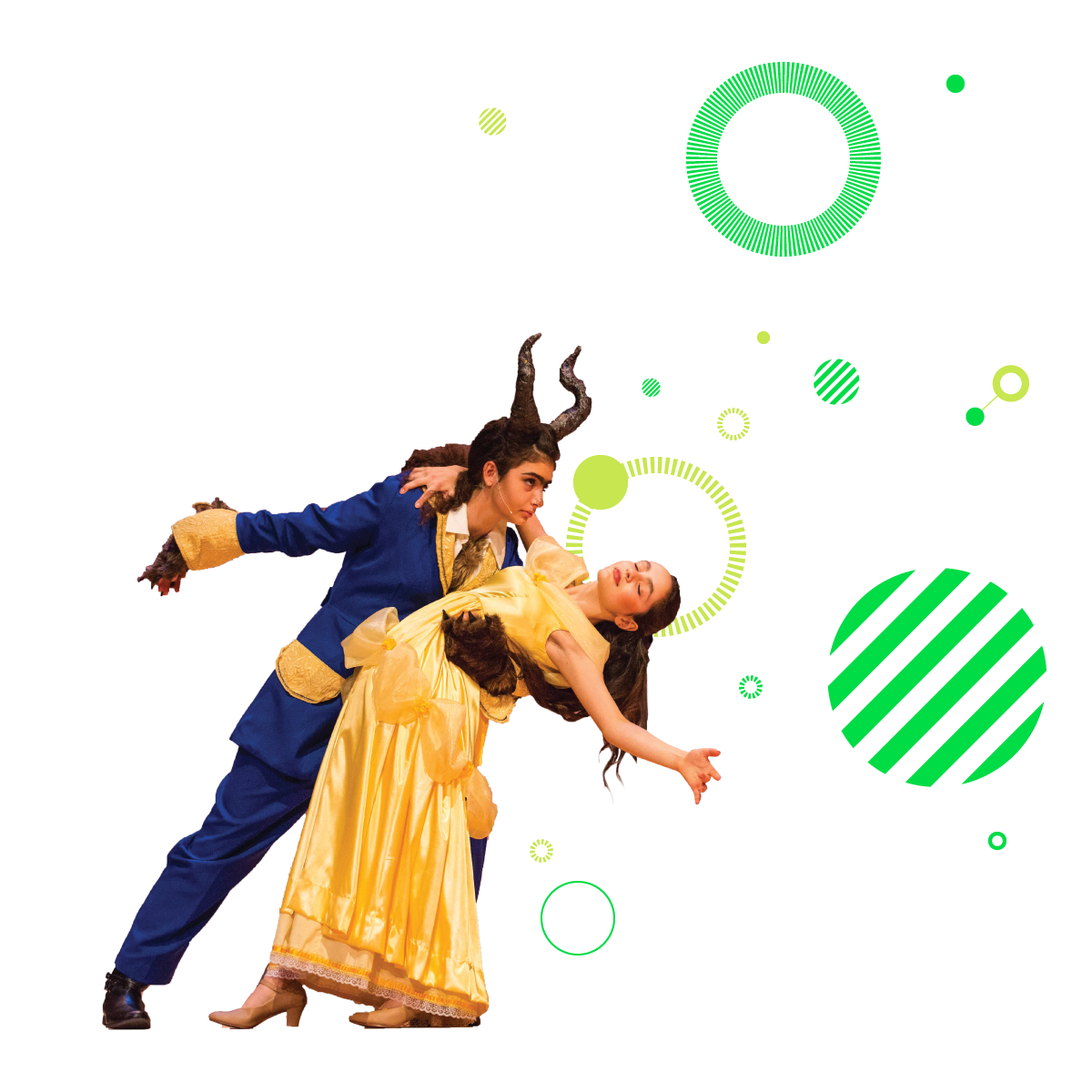Making big news this week was Apple’s release of the new iPhone X, featuring Face ID that works with Apple Pay so you can “check out with just a glance.” The phrase “just a glance” implies eye contact, but it’s with your phone, which I fear will exacerbate a significant issue that our children and teens are experiencing: relational fluency has been keenly disrupted by technology. Advancements in technology certainly benefit us in many ways; however, the social aspects of living with devices can be detrimental, particularly to teens and young adults as they navigate societal norms and gain maturity.
You don’t have to look far to find experts who caution us about how kids in the tech-reliant era have difficulty making eye contact and reading body language, lack confidence in negotiating the here-and-now, and fear doorbells. More than ever, young people rely on technology to mediate their social interactions, an isolating strategy that can set the stage for anxiety, depression, and a limited ability to communicate directly about one’s own needs.
Dr. Jean Twenge has studied generational differences for 25 years, and has found significant shifts in behavior in this generation, which she calls iGen. In her article, Have Smartphones Destroyed a Generation?, Twenge notes that many teens spend more time in virtual spaces than they do physically with friends, and often feel left out and marginalized as a result of exposure to others’ highly-curated lives online. Teens reported that even when they are physically proximate, they have conversations while looking at their phones, which feels alienating. Overall, Twenge found that screen activities are linked to “unhappiness” and non-screen activities are linked to “happiness” – a conclusion that seems logical in theory, but difficult even for us adults to accept in practice.
Listening closely and paying attention have become radical acts of connection. You can imagine the ways in which technology has the power to undermine what we most want for the children in our care. Yet, at the same time, we want to encourage students to embrace technology as a useful tool for broadening their scope and understanding of the world around them. At Turning Point School, we hope to strike a balance between providing opportunities to develop tech fluency, while also allowing students to grow interpersonally and to understand the broader systems that underlie and affect our relationships.

Recently, I spoke on a panel at a conference for women entrepreneurs who are also mothers. The subject was raising socially aware children, an area in which I think Turning Point School excels. The advice I offered participants reflects what we do each day with our students:
- Talk about differences respectfully;
- Expose children to stories from varying perspectives and embrace the multifaceted nature of each human being, and of people who share a particular background or feature;
- Teach students to think critically, to use evidence to support their claims;
- Foster active, nonjudgmental listening;
- Value creative expression;
- Help students to know their own values, and to serve others;
- Expect students to be “upstanders,” to support others even if it is not a popular stance;
- Teach them that no means no, and that boundaries—theirs and others’—need to be respected.
At Turning Point School, we have created formalized programs that help students to learn compassion, limits, respect, and connection—from service learning and mentoring at Weemes Elementary, to Family Events, and multi-age mentoring and buddies program. But more influential and compelling are the ways we weave these skills into the learning that unfolds in our classrooms. As I spend time with our students and teachers, I am so impressed and inspired by the myriad opportunities for growth and connection that I observe:
- Setting expectations and providing a scaffold for students to safely explore boundaries and test limits;
- Asking students to share their thinking in mathematics with peers;
- Helping students elucidate an argument, and develop a nuanced point of view;
- Working out conflicts on the playground;
- Collaborating on a science project with peers who have different strengths and talents;
- Supporting middle school students as they prepare “teach-ins” for younger charges;
- Helping students understand bias in the websites they encounter when they are doing research;
- Defending a friend’s unpopular viewpoint;
- Insisting on students’ speaking from the “I” perspective;
- Fostering listening to others in morning meetings and book discussions;
- Encouraging care for others who are vulnerable (which is all of us at one time or another).
As both parents and educators, it is our joy and our responsibility to provide students with valuable opportunities to develop independence, bravery, connection, and the conviction that they can affect positive change for the common good. We want our students to go to the thresholds of communities, ring the doorbells, and engage with a firm handshake and meaningful eye contact—confident in their ability to meet, manage, and adapt to whatever greets them on the other side.
Warmly,
Laura
Dr. Laura Konigsberg
Head of School


































